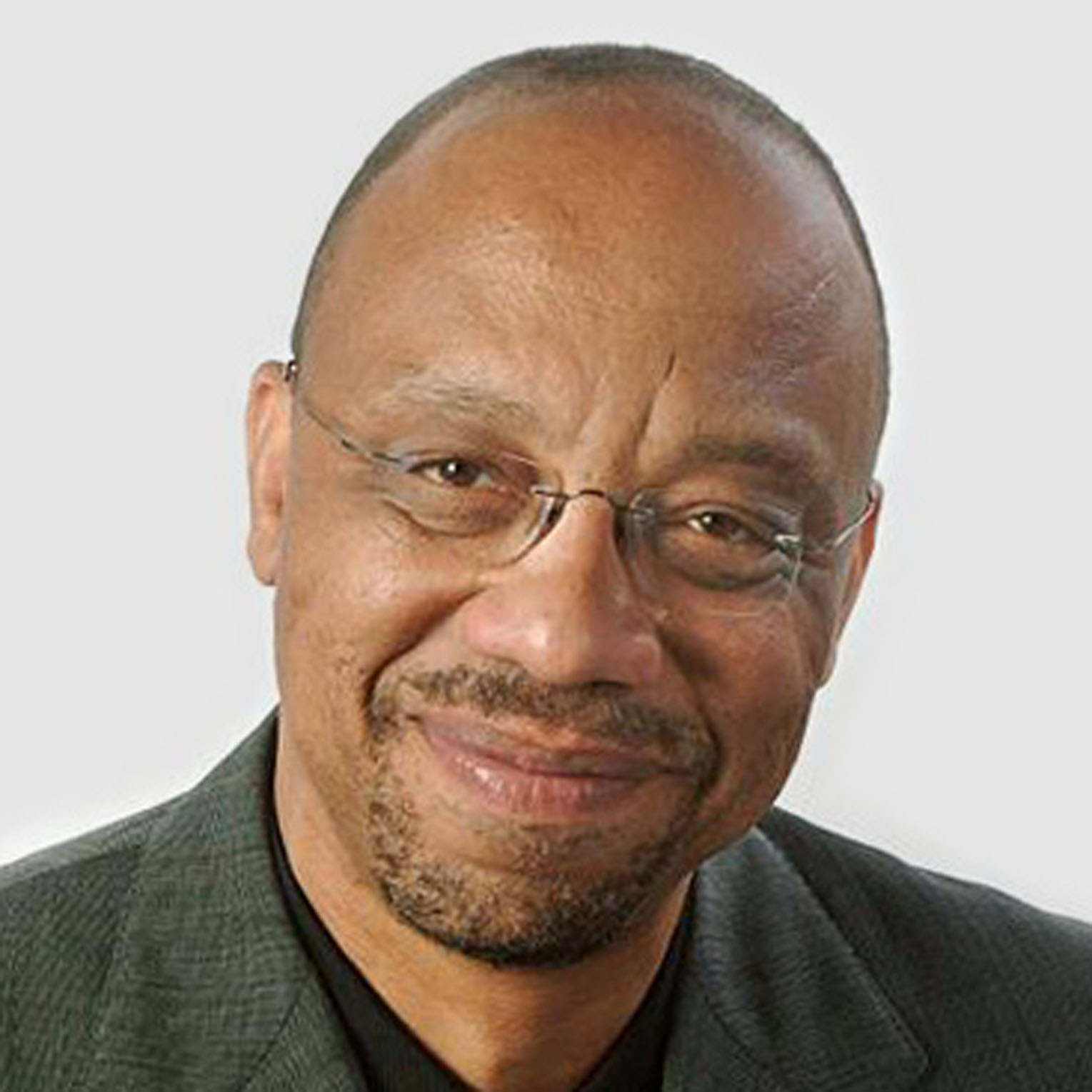Birmingham, Ala. • A year after a book on the brutal slaying of black teen Emmett Till revealed that a key figure in the case acknowledged lying, the federal government has reopened its investigation of the 1955 crime that helped build momentum for the civil rights movement.
A federal report sent annually to lawmakers under a law that bears Till's name said the Justice Department is reinvestigating Till's slaying in Mississippi after receiving "new information."
The report issued in late March doesn't indicate what that information might be.
But the 2017 book "The Blood of Emmett Till" by Timothy B. Tyson quotes a white woman, Carolyn Donham, as saying during a 2008 interview that she wasn't truthful when she testified that Till grabbed her, whistled and made sexual advances at a Mississippi store in 1955.

A potential witness with the 14-year-old Till in the store that day, cousin Wheeler Parker, said Thursday that he has talked with law enforcement about the case in recent months.
A Mississippi prosecutor declined to comment on whether federal authorities had given him new information since they reopened the investigation.
"It's probably always an open case until all the parties have passed away," said District Attorney Dewayne Richardson, whose circuit includes the community where Till was abducted.
It's unclear what new charges could result from a renewed investigation, said Tucker Carrington, a professor at the University of Mississippi law school.
Conspiracy or murder charges could be filed if anyone still alive is shown to have been involved, he said, but too much time likely has passed to prosecute anyone for other crimes, such as lying to investigators or in court.
The case was closed in 2007 with authorities saying the suspects were dead; a state grand jury didn't file any new charges.
Two white men — Donham's then-husband, Roy Bryant, and his half brother, J.W. Milam — were charged with murder but acquitted in the slaying of Chicago teen Till, who had been staying with relatives in northern Mississippi at the time. The men later confessed to the crime in a magazine interview but weren't retried. Both are now dead.

Donham, who turns 84 this month, lives in Raleigh, North Carolina. A man who came to the door at her residence declined to comment about the FBI reopening the investigation.
"We don't want to talk to you," the man said before going back inside.
Paula Johnson, co-director of an academic group that reviews unsolved civil rights slayings, said she can't think of anything other than Tyson's book that could have prompted the Justice Department to reopen the Till investigation.
"We're happy to have that be the case so that ultimately or finally someone can be held responsible for his murder," said Johnson, who leads the Cold Case Justice Initiative at Syracuse University.
The Justice Department declined to comment on the status of the investigation. Relatives of Till pushed Attorney General Jeff Sessions to reopen the case last year after publication of the book.
The government has investigated 115 cases involving 128 victims under the "cold case" law named for Till, the report said. Only one resulted in in a federal conviction since the act became law, that of Ku Klux Klansman James Ford Seale for kidnapping two black teenagers, Charles Moore and Henry Dee, who were killed in Mississippi in 1964.
Deborah Watts, co-founder of the Emmett Till Legacy Foundation, said it's "wonderful" her cousin's killing is getting another look but she didn't want to discuss details.
"None of us wants to do anything that jeopardizes any investigation or impedes, but we are also very interested in justice being done," she said.
Abducted from the home where he was staying, Till was beaten and shot, and his body was found weighted down with a cotton gin fan in a river. His mother, Mamie Till, had his casket left open. Images of his mutilated body gave witness to the depth of racial hatred in the Deep South and inspired civil rights campaigns.
Donham, then 21 and known as Carolyn Bryant, testified in 1955 as a prospective defense witness in the trial of Bryant and Milam. With jurors out of the courtroom, she said a "nigger man" she didn't know took her by the arm in the store.
"He said, 'How about a date, baby?'" she testified, according to a trial transcript released by the FBI a decade ago. Bryant said she pulled away, and moments later the young man "caught me at the cash register," grasping her around the waist with both hands and pulling her toward him.
A judge ruled the testimony inadmissible. An all-white jury freed her husband and the other man even without it.
In the book, author Tyson wrote that Donham told him her testimony about Till accosting her wasn't true.
"Nothing that boy did could ever justify what happened to him," the book quotes her as saying.
Till's cousin Parker, 79, said he is "pretty sure" an investigator asked him about what happened in the store but the conversation occurred months ago, and he said he has a hard time remembering details.
"We don't know anything. We're just like everyone else, waiting for new information," Parker said in a phone interview from Mississippi.
Associated Press writers Emily Wagster Pettus in Jackson, Mississippi, and Allen G. Breed in Raleigh, North Carolina, contributed to this report.




































